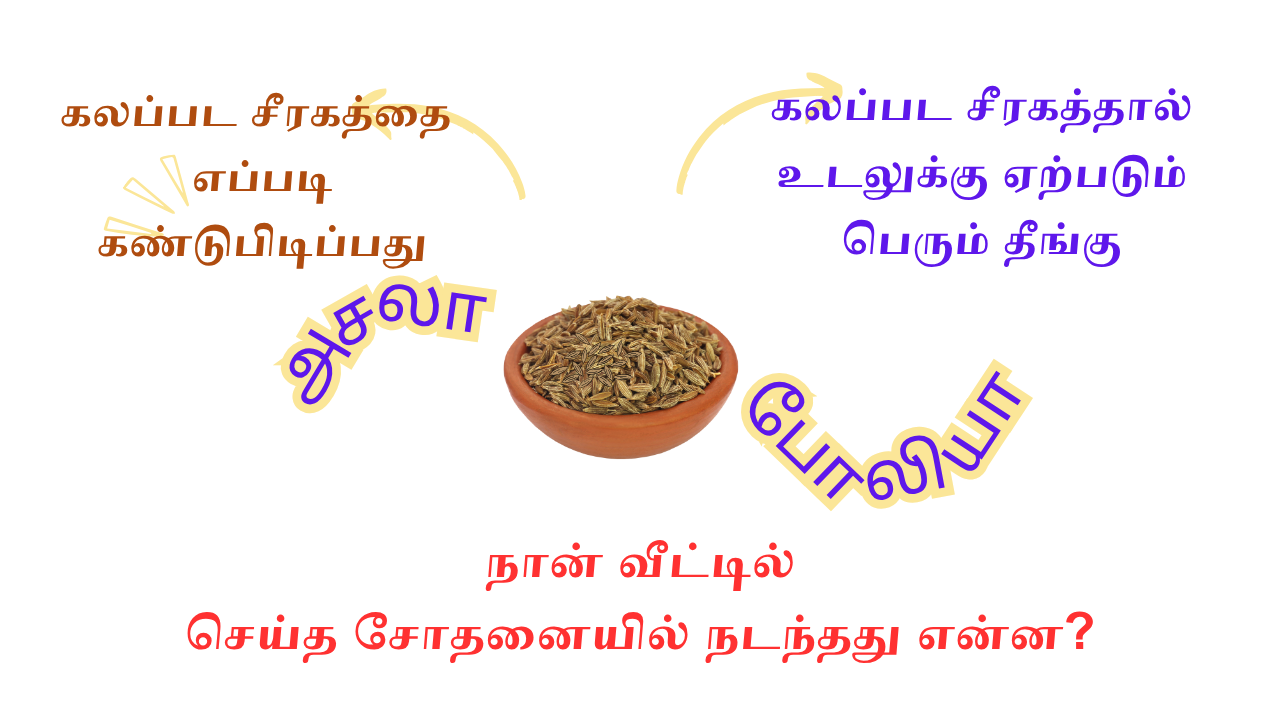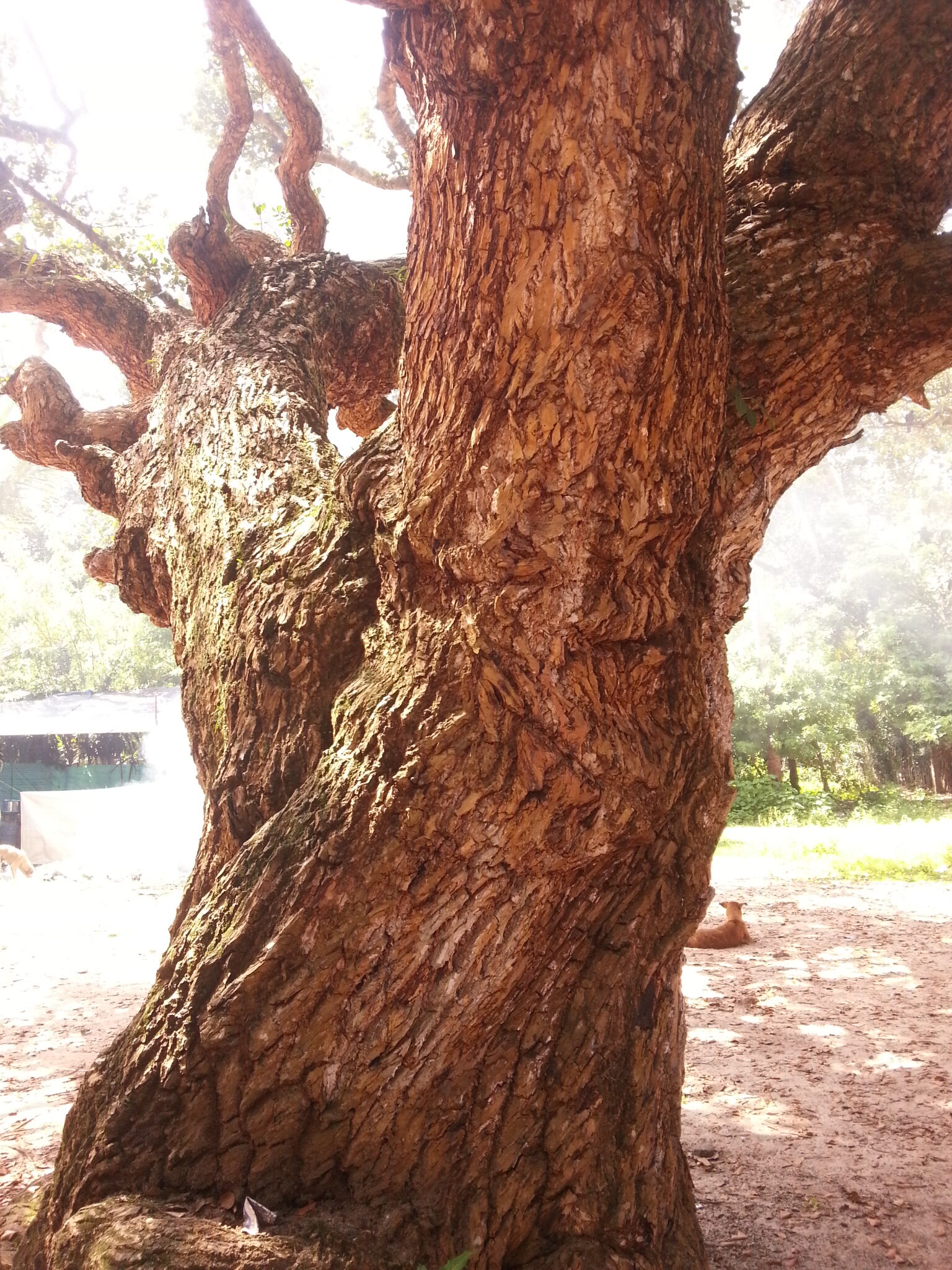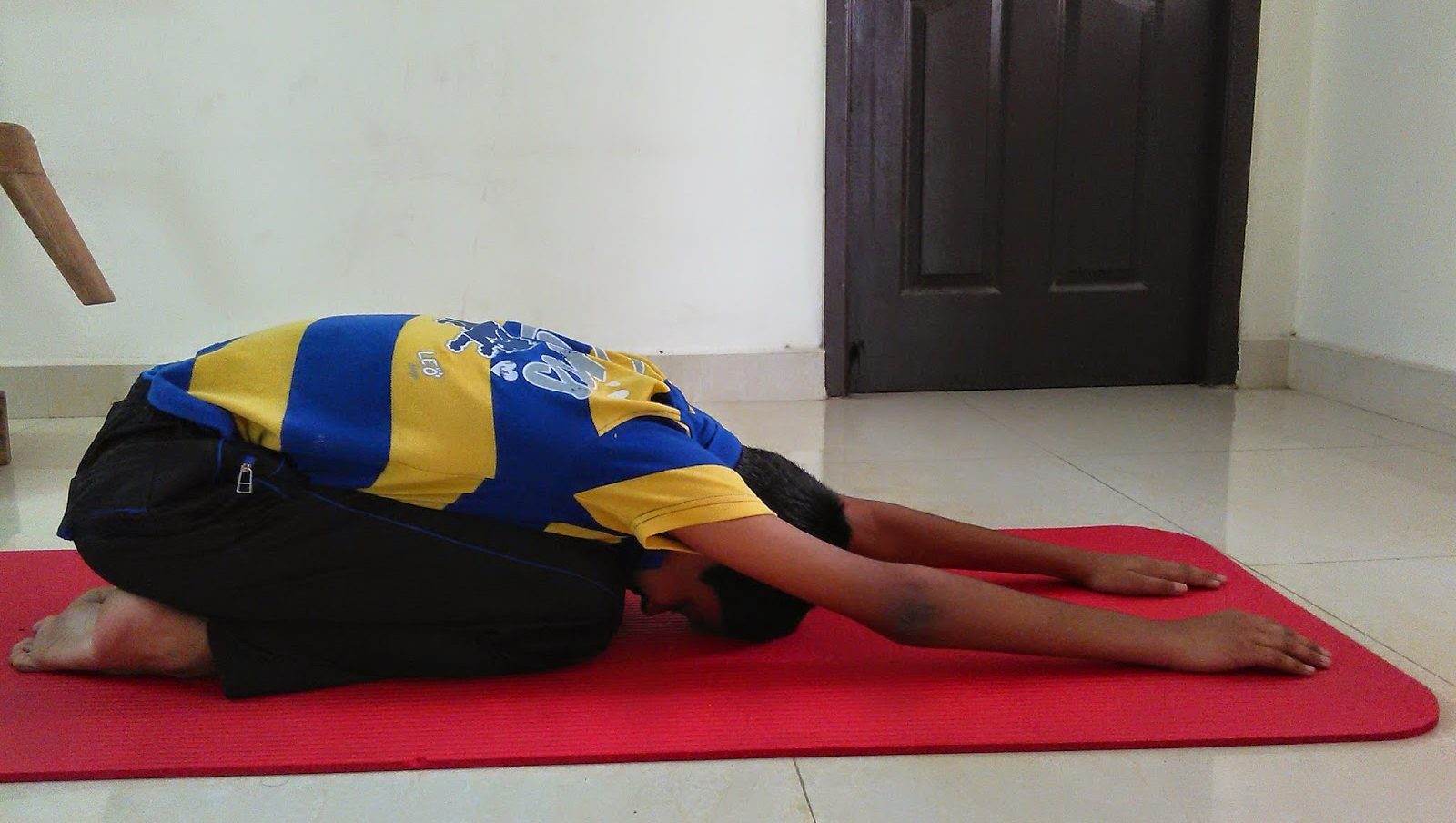Adulterated foods have found their way into our kitchen shelves without our knowledge. It is not vegetables and fruits only anymore. Foods with amazing medicinal properties are targeted for quick profits. Cumin, a spice used all over the world hasn't escaped adulteration. Today's post is about the harms of adulterated cumin and how to test cumin for adulteration at home.
Why is Cumin Adulterated?
Simply put, profit is the reason behind adulteration. Cumin is one of the most important ingredients in global cuisine.
Since the demand for cumin is higher and recurring, it is adulterated to earn quick money.
Adulteration is done to increase the weight and make the seeds look fresh.
Health Risks of Consuming Adulterated Cumin
Consuming adulterated cumin can lead to:
- Digestive disorders
- Kidney conditions
- According to a research, adulterated cumin can also cause cancer
Common Adulterants in Cumin
Adulterants in cumin include:
- Grass seeds
- Charcoal powder
- Stone and dust
- Oil for coating
DIY Cumin Adulteration Test at Home
Here are some of the most simple ways to check cumin for adulteration at home:
Water Testing
Add a teaspoon of cumin to a glass of water.
Pure cumin will sink in water. Adulterated cumin will float on water or the water color would change.
Note: Now, here is something interesting. Don't be alarmed if your cumin floats instead of sinking. You may need to wait for a while to see if cumin seeds sink. The natural oil in cumin slows down the sinking process.
Try this test with hot water. If most of the cumin seeds sink, the seeds could be pure. Hot water breaks down the oil barrier and reduces the surface tension thereby quickening the sinking process. If few cumin seeds float on the water, it could be due to low density or they could be broken. The air bags in cumin may have air trapped inside causing the seed to float. Just to ensure the floating seeds are not adulterated, you can check if the size is uniform and the seeds are not shiny, blackened or unusually large.
Rubbing Test
Rub a few cumin seeds between your fingers or place some seeds on your palm and rub them with the other palm. If the color of the skin changes to grey or black, the seeds may have been coated with charcoal or color.
Visual Check
Examine cumin closely. If the color and shape are uniform, it is likely pure cumin. If the seeds are shiny, over-sized or are not of uniform size, they may be adulterated cumin seeds.
How to Buy Pure Cumin?
Opt for trusted brands or organic cumin.
Check for FSSAI, date of packaging and date of expiry.
If you have not performed the above-mentioned tests at home, do try them today. Ensure your kitchen has no space for adulterated foods.
As an Amazon affiliate, I may earn a small amount as commission from qualifying purchases made through the affiliate links at no additional cost to you.

Rama Thamizharasu
Welcome. I am a yoga therapist, Reiki healer, SEO consultant, freelance writer and translator. We welcome you to visit our other site and YouTube channels.
https://voiceofapet.blogspot.com/
https://www.youtube.com/@PetsDiaryPages
https://www.youtube.com/@letnaturelive1 .







